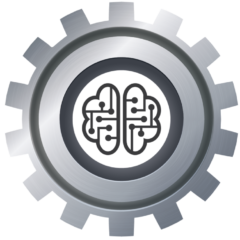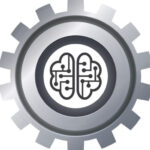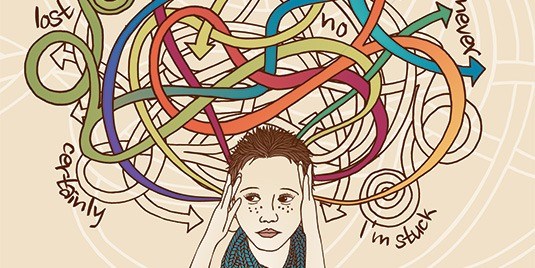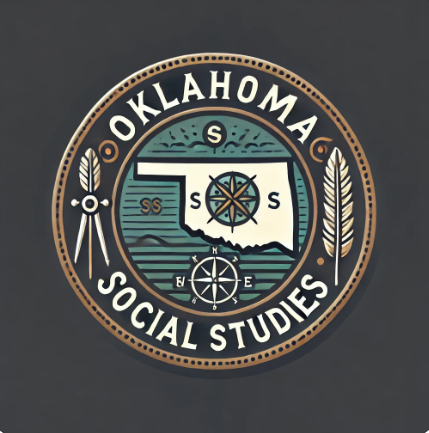Python Programming Language – History
Python is a popular programming language that has become a mainstay in the world of software development. However, the language’s origins are somewhat surprising, and its history is rich with interesting stories and anecdotes.
Python was first created in the late 1980s by Guido van Rossum, a Dutch computer scientist who was working at the Centrum Wiskunde & Informatica (CWI) research center in Amsterdam. Van Rossum was looking for a language that was easy to learn, yet powerful enough to be used for a wide range of applications. He was inspired by several other programming languages, including ABC, Modula-3, and C.
The first version of Python was released in 1991, and it quickly gained a following among programmers who appreciated its simple syntax and ease of use. In the years that followed, Python continued to grow in popularity, particularly in the scientific and academic communities. Its popularity was helped by the release of several key libraries and tools, including NumPy, SciPy, and Matplotlib, which made it an ideal language for data analysis and visualization.
Today, Python is widely used in a variety of industries and applications, from web development to machine learning to scientific research. Its success can be attributed to a number of factors, including its readability, ease of use, and the vibrant community that has grown up around it.
One of the key reasons for Python’s success is its open-source nature. Unlike proprietary languages like Java or C#, Python is free to use and can be modified and distributed by anyone. This has allowed a large community of developers to contribute to its development, creating a rich ecosystem of libraries, frameworks, and tools that make it an ideal language for a wide range of applications.
Python’s popularity has also been driven by its versatility. It can be used for everything from simple scripting tasks to complex machine-learning algorithms. Its ease of use and simple syntax make it an ideal language for beginners, yet it is also powerful enough to be used by experienced developers for complex applications.
Despite its success, Python is not without its critics. Some developers argue that its simplicity can be limiting and that it is not as performant as other languages like C or C++. However, the language’s strengths and versatility have made it a favorite among many programmers, and it shows no signs of losing popularity anytime soon.
In Summary
Python’s history is one of innovation and community. Guido van Rossum’s vision of a simple yet powerful language has become a reality, thanks to the contributions of thousands of developers around the world. Python’s versatility and ease of use have made it a favorite among both beginners and experienced programmers, and it continues to be one of the most popular languages in use today.
#infobymattcole
 You can check out Matt’s LinkedIn account, Youtube Channel, or Podcast.
You can check out Matt’s LinkedIn account, Youtube Channel, or Podcast.Introducing my new books, ‘The Art of Critical Thinking’ and ‘The Critical Thinking Model’. Both can be read for free with Kindle Unlimited or $2.99 each via Kindle.






One Comment
Comments are closed.